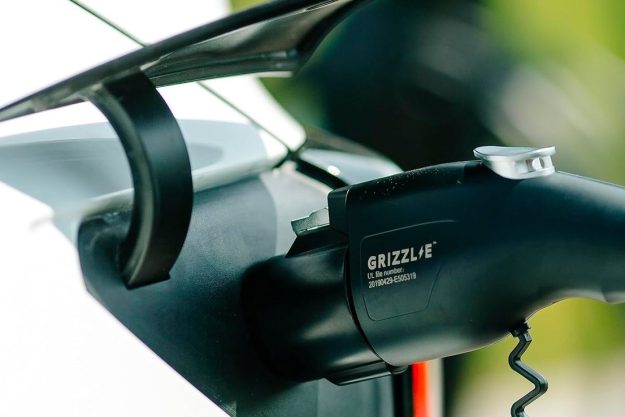The Q8 concept isn’t the only new model that Audi is displaying at this year’s Detroit Auto Show. The German brand is also showcasing the SQ5, a high-end sports car trapped in the body of a family crossover.
The SQ5 is based on the second-generation Q5 that made its public debut last year during the Paris show. It ditches the standard model’s 2.0-liter TFSI engine for a turbocharged, 3.0-liter V6 rated at 354 horsepower and 369 pound-feet of torque. Power is transferred to all four wheels via an eight-speed automatic transmission with shift paddles and a sport-tuned version of Audi’s time-tested quattro all-wheel drive system.
The six-cylinder engine sends Audi’s newest hot rod from 0 to 60 mph in 5.1 seconds. It’s not just about straight-line speed, however. A comprehensively updated suspension system and bigger brakes on all four corners keep the power in check when the pace picks up, while a full body kit provides the downforce needed to glue the SQ5 to the road at high speeds.
Buyers seeking the ultimate in handling can order the optional S sport package, which brings an adaptive air suspension and a trick rear differential that splits the engine’s torque between individual wheels. The list of options also includes dynamic steering, a system that varies the stiffness of the steering wheel based on the vehicle’s speed. The steering is lighter at low speeds for easy maneuvering, and heavier at higher speeds to enhance stability and response.
It’s not difficult to tell the SQ5 apart from the standard Q5. It receives a gray grille with aluminum inserts, gray mirrors, a roof-mounted spoiler, and model-specific alloy wheels. Inside, Audi has added a three-spoke, flat-bottomed steering wheel, sport seats for the front passengers, and brushed aluminum trim on the dashboard, the center console, and the door panels.
Audi also recognizes that driving isn’t always fun. To that end, the SQ5 is available with a full suite of electronic driving aids including adaptive cruise control with a stop-and-go functionality, and traffic jam assist tech that combines acceleration, braking, and steering guidance.
The 2018 Audi SQ5 will arrive in showrooms in the spring.




